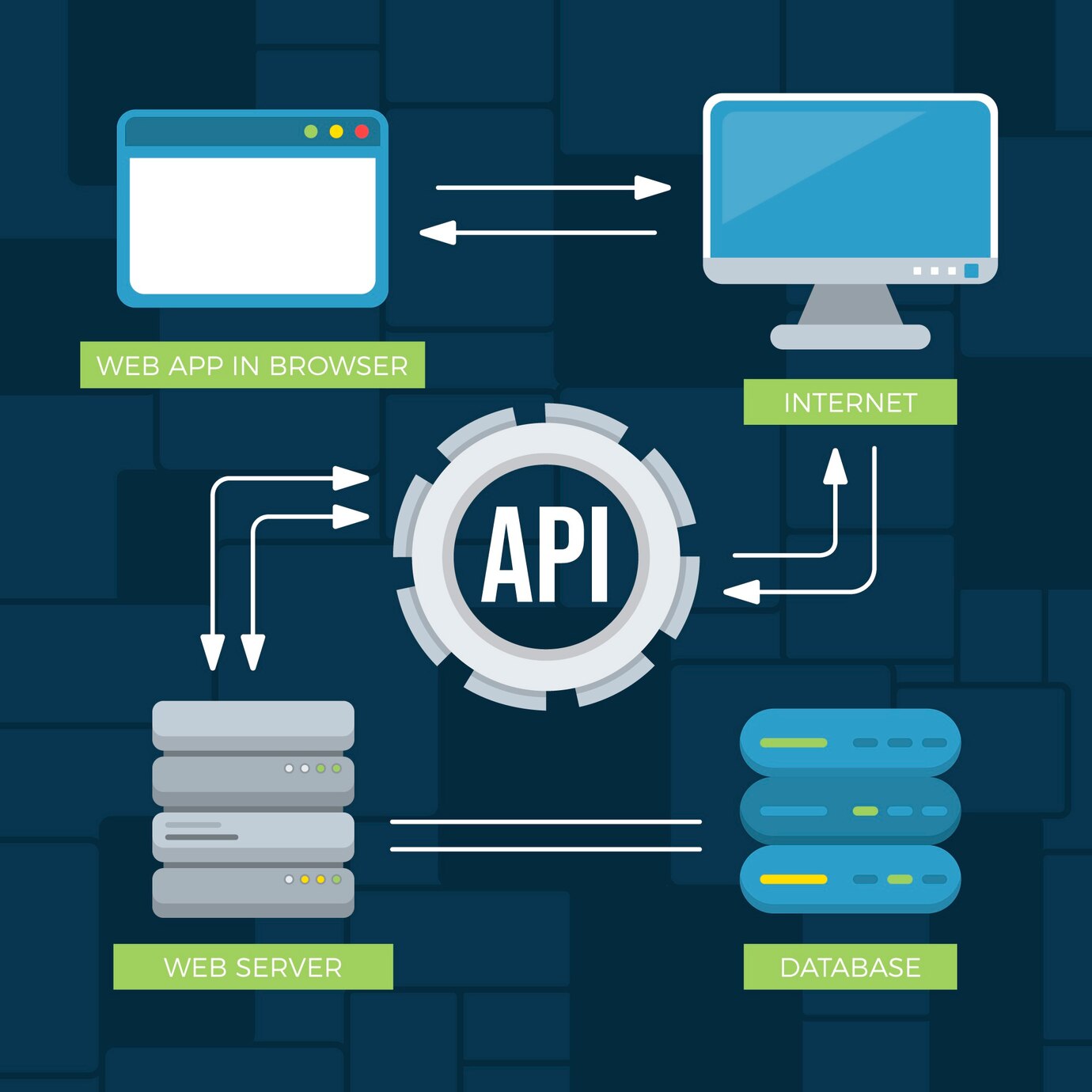
Software integration challenges:
Why quality engineering teams
drive business success in 2025
QUALITARA
07.16.2025
Why Elite, AI-Powered Integration Teams Win in 2025
Software integrations have become the backbone of modern enterprise applications, connecting everything from payment processors to CRM systems. Yet despite their critical importance to business operations, integrations remain one of the most complex and failure-prone aspects of software development.
New Relic's 2024 Observability Forecast reports that 29% of unplanned outages originate in a third-party or cloud-provider service, while engineering teams already lose 30% of their week fighting incidents instead of hardening those integrations—a reality that's becoming increasingly costly as companies scale their digital infrastructure.
What is Integration Tax? The Hidden Cost of Poor Software Integration
Consider a typical FinTech company managing API integrations with 100 different platforms—payment gateways, banking systems, compliance tools, and data providers. Each connection represents not just an initial software development effort, but an ongoing maintenance burden that compounds over time.
Engineers find themselves constantly firefighting integration issues: compatibility problems between systems, managing breaking changes from third-party APIs, troubleshooting mysterious failures that emerge when enterprise software systems interact in unexpected ways, and maintaining data consistency across multiple platforms.

This "integration tax" grows dramatically with each new connection. The maintenance burden multiplies rapidly as integrations interconnect—10 systems can create 100+ potential failure paths. What starts as a manageable technical challenge quickly becomes a resource drain that can cripple development velocity and system reliability. Companies often underestimate the total cost of ownership for software integrations, leading to technical debt that impacts long-term scalability.
How AI Integration Tools Are Transforming Software Development
The emergence of generative AI and machine learning has dramatically transformed the software integration landscape. New protocols like Anthropic's Model Context Protocol, OpenAI's function calling capabilities, and emerging agent-to-agent communication standards are creating unprecedented opportunities for intelligent systems integration.
AI-powered integration platforms now enable:
- Automated API documentation generation
- Intelligent error handling and retry logic
- Dynamic schema mapping between different data formats
- Predictive maintenance for integration health monitoring
- Real-time adaptation to changing API specifications
However, there's a critical paradox in AI-assisted software development. While artificial intelligence can accelerate integration development and reduce initial coding time, recent industry studies suggest it may actually decrease overall software quality when developers blindly trust AI-generated solutions without proper code review and validation processes.
The speed gains from AI code generation are real, but they often come with hidden technical debt that surfaces later in production environments, potentially causing system failures, security vulnerabilities, and performance bottlenecks.
Elite Software Integration Teams: The Strategic Differentiator
This is where the quality of your software integration team becomes a strategic business differentiator. Exceptional integration engineers don't just connect systems; they architect enterprise-grade solutions that stand the test of time and scale with business growth.
Top-tier integration teams focus on:
- Robust error handling: Building resilient systems that gracefully handle API failures and network issues
- Comprehensive monitoring: Implementing observability tools to track integration performance and health
- Future-proof architecture: Designing flexible integration patterns that adapt to changing business requirements
- Security-first approach: Ensuring data protection and compliance across all connected systems
- Performance optimization: Minimizing latency and maximizing throughput for critical business processes
- Cost optimization: Lower total cost of ownership through quality engineering practices

The difference between average and exceptional integration work mirrors broader patterns in software engineering talent. Drawing insights from industry leaders like Steve Jobs' approach to building the Mac team, elite engineers can deliver exponentially better results—not just in terms of raw development output, but in system reliability, maintainability, and measurable business impact.
Strategic Software Integration: Solving Business Problems, Not Just Technical Ones
The most successful enterprise integrations solve business problems first, with technical implementation following strategic objectives. Elite integration teams focus on understanding the complete business ecosystem they're operating within.
These teams excel at:
- Business process optimization: Streamlining workflows across multiple software platforms
- Risk mitigation: Anticipating how changes in one system might cascade through others
- User experience design: Ensuring complex technical architectures translate into seamless customer experiences
- Scalability planning: Building integration infrastructure that grows with business needs
- Compliance management: Maintaining regulatory requirements across integrated systems
This strategic approach becomes even more critical as AI enables new types of dynamic software integrations. When enterprise systems can adapt and interact in real-time using machine learning algorithms, the foundational integration architecture becomes the determining factor between business success and catastrophic system failure.
Software Integration as Competitive Advantage in Enterprise Technology
As enterprise software systems become increasingly interconnected through APIs, microservices, and cloud platforms, integration quality will separate market leaders from companies struggling with technical debt and reliability issues.
Organizations that invest in high-quality, strategic software integration capabilities—combining elite engineering talent with thoughtful AI adoption—position themselves with significant competitive advantages:
- Faster time-to-market: Rapid deployment of new features and business capabilities
- Improved operational efficiency: Automated workflows and reduced manual processes
- Enhanced customer experience: Seamless interactions across all touchpoints
- Better data insights: Unified analytics across integrated business systems
- Reduced technical risk: Reliable, maintainable integration infrastructure
Key Takeaways for Software Integration Strategy
Building world-class software integration capabilities requires combining the right talent, tools, and strategic approach. Companies that master this combination will build a durable competitive moat in an API-driven economy.
Looking to build elite software integration capabilities for your enterprise? Qualitara specializes in assembling world-class engineering teams that deliver strategic integration solutions combining human expertise with AI-powered development tools.